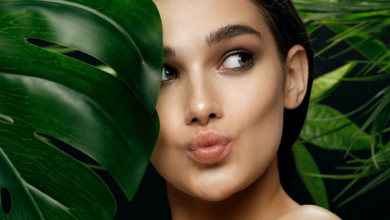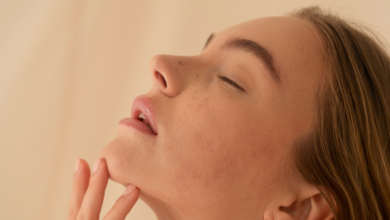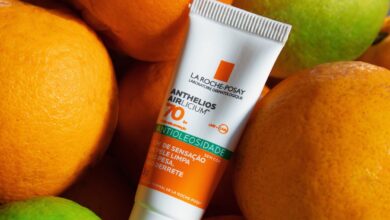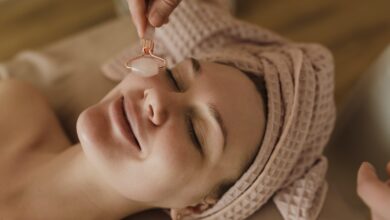
Hey there! Today, we’re diving deep into the world of UV radiation – yep, that’s UVA and UVB rays for you. Ever wondered why everyone’s talking about broad-spectrum protection? Well, it’s all about keeping our skin safe from the sun’s sneaky damaging effects. Stick around as we break down the nitty-gritty of UVA vs. UVB and why it’s a game-changer in our sunscreens and skincare. Ready to become a UV pro? Let’s get into it!
Understanding UV Radiation
UV radiation, short for ultraviolet radiation, is a type of electromagnetic radiation that comes from the sun. It is invisible to the naked eye and is classified into three main types: UVA, UVB, and UVC. While UVC radiation is largely absorbed by the Earth’s atmosphere and does not reach the surface, UVA and UVB radiation have significant effects on human skin. Understanding these types of UV radiation and their impact is crucial for maintaining healthy skin.
What is UV Radiation?
UV radiation is a form of energy that is emitted by the sun and can also be produced by artificial sources such as tanning beds. It is characterized by its wavelength, with shorter wavelengths being more harmful to the skin. UV radiation is divided into three categories based on wavelength: UVA, UVB, and UVC. UVA has the longest wavelength and is able to penetrate the deepest layers of the skin, while UVB has a shorter wavelength and primarily affects the outer layers of the skin.
The Different Types of UV Radiation
As mentioned earlier, UV radiation is classified into three main types: UVA, UVB, and UVC. UVA radiation, also known as long-wave UV, has a wavelength of 320-400 nanometers (nm). UVB radiation, known as medium-wave UV, has a wavelength of 290-320 nm. UVC radiation, the most dangerous type, has a wavelength of 100-280 nm but is largely absorbed by the ozone layer.
How Does UV Radiation Affect the Skin?
UV radiation can have a range of effects on the skin, both in the short-term and long-term. In the short-term, exposure to UV radiation can cause sunburn, which is characterized by redness, pain, and peeling of the skin. UV radiation can also lead to the immediate darkening of existing freckles and age spots. In the long-term, cumulative exposure to UV radiation can contribute to premature aging, wrinkles, and an increased risk of skin cancer.
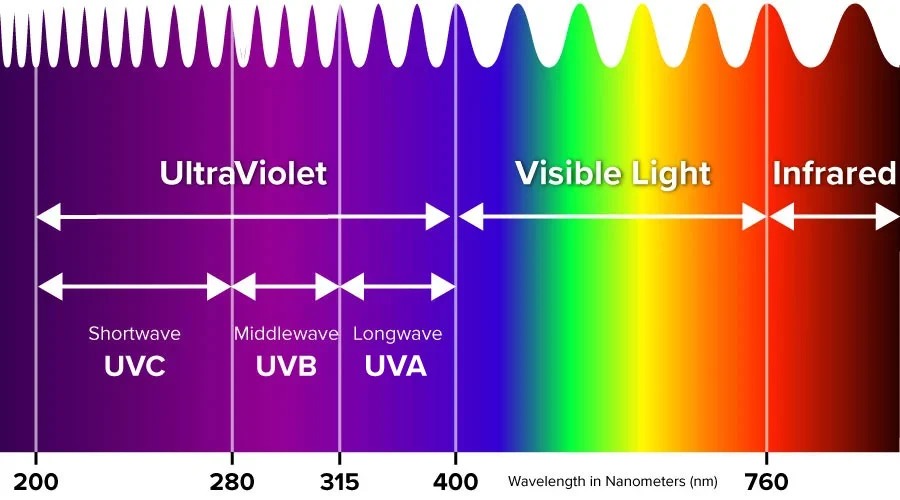
UVA Radiation
Definition and Characteristics of UVA Radiation
UVA radiation is a type of ultraviolet radiation that has a longer wavelength than UVB radiation. It makes up the majority of the UV radiation that reaches the Earth’s surface. UVA radiation can penetrate deeply into the skin, reaching the dermis, the second layer of the skin. It is present throughout the day and can penetrate clouds and glass, making it a constant threat to our skin.
Effects of UVA Radiation on the Skin
UVA radiation is responsible for the immediate tanning effect that occurs after sun exposure. It can also contribute to the development of skin cancer, including melanoma, which is the deadliest form of skin cancer. Additionally, UVA radiation plays a significant role in the aging process of the skin, leading to the formation of wrinkles, sagging, and age spots.
Long-Term Impact of UVA Radiation
One of the concerning aspects of UVA radiation is its ability to penetrate deeply into the skin. This means that even if the immediate effects of UVA exposure are not always noticeable, the long-term consequences can be severe. Chronic exposure to UVA radiation can accelerate the aging process of the skin, resulting in the development of wrinkles, fine lines, and a loss of elasticity. Moreover, UVA radiation can also weaken the immune system’s response, making the skin more vulnerable to damage and reducing its ability to repair itself.
Sources of UVA Radiation
While the sun is the primary source of UVA radiation, it is not the only one. UVA radiation can also be emitted by artificial sources, such as tanning beds and certain types of indoor lighting. It is important to protect your skin from UVA radiation exposure, whether you are spending time outdoors or indoors.
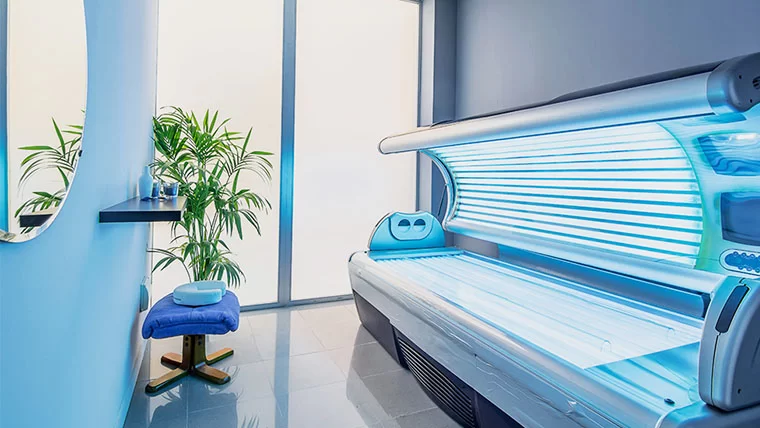
UVB Radiation
Definition and Characteristics of UVB Radiation
UVB radiation is a type of ultraviolet radiation that has a shorter wavelength than UVA radiation. It is responsible for the majority of sunburns and plays a key role in the development of skin cancer. Unlike UVA radiation, which is present throughout the day, UVB radiation is strongest between 10 am and 4 pm.
Effects of UVB Radiation on the Skin
UVB radiation is primarily absorbed by the outer layers of the skin, known as the epidermis. It is responsible for the immediate effects of sun exposure, such as sunburn. UVB radiation also damages the DNA in skin cells, which can lead to genetic mutations and an increased risk of skin cancer.
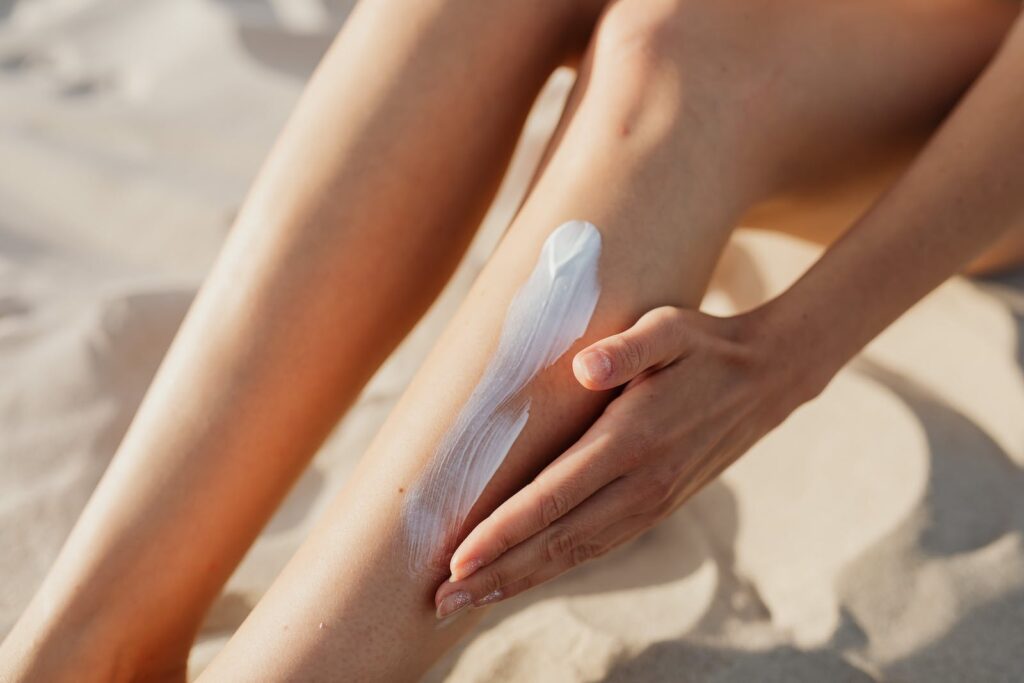
Short-Term Impact of UVB Radiation
The most noticeable short-term impact of UVB radiation is sunburn. When the skin is exposed to excessive UVB radiation, it triggers an inflammatory response, leading to redness, pain, and peeling of the skin. While sunburn is a temporary condition, repeated sunburns can have long-term consequences, such as an increased risk of skin cancer.
Sources of UVB Radiation
The sun is the primary source of UVB radiation. It is strongest during the summer months and at higher altitudes. It is important to note that UVB radiation can be reflected by surfaces such as water, sand, and snow, which can increase your exposure to this harmful radiation. It is crucial to protect your skin from UVB radiation by seeking shade and wearing appropriate sun protection.

Broad-Spectrum Protection
What is Broad-Spectrum Protection?
Broad-spectrum protection refers to sunscreen or other sun protective measures that protect the skin from both UVA and UVB radiation. It is important to use broad-spectrum products because both UVA and UVB radiation have harmful effects on the skin, and protecting against one type of radiation is not enough.
Why is Broad-Spectrum Protection Important?
Both UVA and UVB radiation can cause skin damage, including sunburn, premature aging, and an increased risk of skin cancer. By using broad-spectrum protection, you can ensure that your skin is shielded from the harmful effects of both UVA and UVB radiation.
The Role of Sunscreen in Broad-Spectrum Protection
Sunscreen is one of the key components of broad-spectrum protection. It is a topical product that can be applied to the skin to absorb or reflect UV radiation. When choosing a sunscreen for broad-spectrum protection, it is important to look for products that offer both UVA and UVB protection and have a high Sun Protection Factor (SPF) rating.

Physical Sunscreens vs. Chemical Sunscreens
How Physical Sunscreens Work
Physical sunscreens, also known as mineral sunscreens, work by reflecting UV radiation away from the skin. They contain ingredients such as zinc oxide or titanium dioxide, which form a protective barrier on the skin’s surface. Physical sunscreens are effective immediately upon application and are less likely to cause skin irritation.
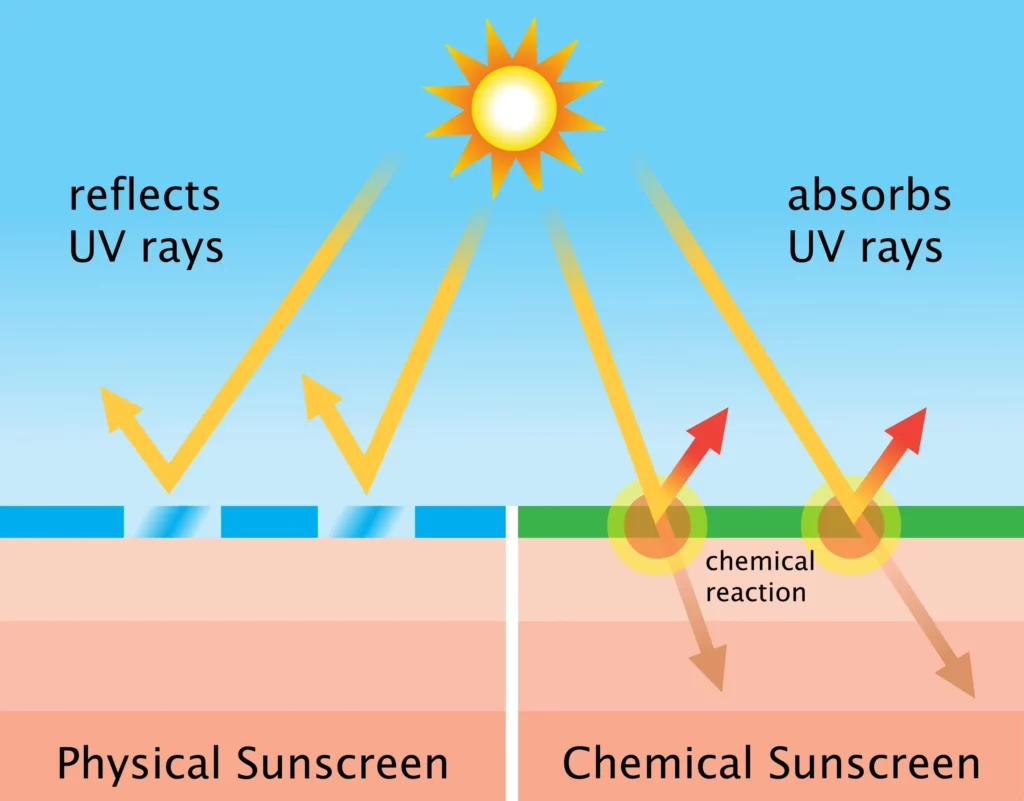
How Chemical Sunscreens Work
Chemical sunscreens, on the other hand, work by absorbing UV radiation and converting it into heat. They contain organic compounds such as avobenzone, octinoxate, and oxybenzone, which can penetrate the skin to absorb UV radiation. Chemical sunscreens should be applied at least 20 minutes before sun exposure to allow the ingredients to bind to the skin and provide effective protection.
Choosing the Right Sunscreen for Broad-Spectrum Protection
When selecting a sunscreen for broad-spectrum protection, it is essential to choose one that offers both UVA and UVB protection. Look for products that are labeled as broad-spectrum and have a Sun Protection Factor (SPF) of 30 or higher. It is also important to consider your skin type and any specific sensitivities or allergies you may have when choosing a sunscreen.
Sun Protection Factors (SPF)
Understanding SPF Ratings
The Sun Protection Factor (SPF) is a measure of a sunscreen’s ability to protect the skin from UVB radiation. The higher the SPF rating, the greater the level of protection. For example, a sunscreen with an SPF of 15 filters out approximately 93% of UVB radiation, while a sunscreen with an SPF of 30 filters out about 97% of UVB radiation.
Do Higher SPF Ratings Provide Better Broad-Spectrum Protection?
While higher SPF ratings provide greater protection against UVB radiation, they do not necessarily imply better protection against UVA radiation. It is important to choose a sunscreen that offers broad-spectrum protection to ensure that both UVA and UVB radiation are adequately blocked.
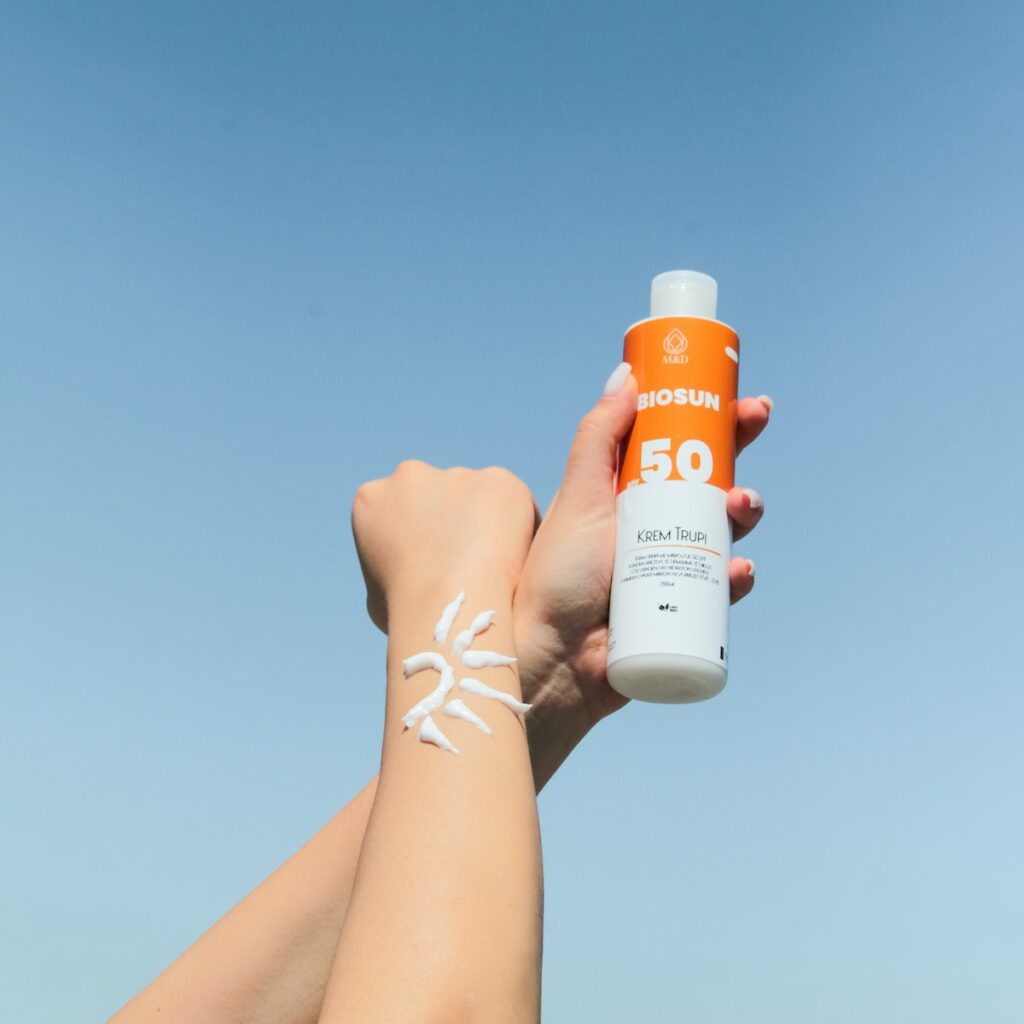
Other Measures for UV Protection
Seeking Shade and Timing Outdoor Activities
In addition to using sunscreen, seeking shade and timing outdoor activities can provide additional protection against UV radiation. The sun’s rays are strongest between 10 am and 4 pm, so it is advisable to limit your sun exposure during these hours. When spending time outdoors, seek shade under trees, umbrellas, or other forms of cover to reduce your UV exposure.
Wearing Protective Clothing and Accessories
Wearing protective clothing and accessories is another important measure for UV protection. Opt for clothing that covers as much skin as possible, such as long-sleeved shirts, long pants, and wide-brimmed hats. Additionally, wearing sunglasses with UV protection can help protect your eyes from the harmful effects of UV radiation.
Using Sunglasses for Eye Protection
UV radiation can also have damaging effects on the eyes. Prolonged exposure to UV radiation can contribute to cataracts, macular degeneration, and other eye conditions. When choosing sunglasses for UV protection, look for those that block 100% of UVA and UVB radiation. This will help safeguard your eyes from the harmful effects of UV radiation.

Effects of UV Exposure on the Skin
Sunburn and Immediate Skin Damage
One of the most immediate and visible effects of UV exposure is sunburn. Sunburn occurs when the skin is exposed to excessive UV radiation, resulting in redness, pain, and peeling. Sunburn is a form of skin damage and is often an indication that you have been exposed to a significant amount of UV radiation.
Premature Aging and Wrinkles
Cumulative exposure to UV radiation can lead to premature aging of the skin. The damaging effects of UVA radiation, in particular, can cause the breakdown of collagen and elastin fibers in the skin, which are responsible for its firmness and elasticity. This can result in the development of wrinkles, fine lines, and sagging skin.
Skin Cancer and UV Exposure
Perhaps the most concerning long-term effect of UV exposure is the increased risk of skin cancer. Both UVA and UVB radiation can damage the DNA in skin cells, leading to genetic mutations and the uncontrolled growth of cells. This can ultimately result in the development of skin cancer, including basal cell carcinoma, squamous cell carcinoma, and melanoma.
Tips for Effective Sun Protection
Applying Sunscreen Correctly
To ensure effective sun protection, it is important to apply sunscreen correctly. Apply a generous amount of sunscreen to all exposed areas of the skin. Be sure to cover areas that are often overlooked, such as the ears, back of the neck, and tops of the feet. Additionally, do not forget to apply sunscreen to the lips using a lip balm with SPF protection.
Reapplying Sunscreen
To maintain optimal sun protection, it is necessary to reapply sunscreen regularly. Sunscreen should be reapplied every two hours or immediately after swimming or excessive sweating. Even water-resistant or sweat-resistant sunscreens can become less effective over time, so it is essential to keep reapplying to ensure continued protection.
Other Considerations for Sun Protection
In addition to sunscreen, seeking shade, wearing protective clothing and accessories, and using sunglasses, there are other considerations for effective sun protection. Stay hydrated by drinking plenty of water, as prolonged sun exposure can lead to dehydration. It is also important to regularly examine your skin for any changes or abnormalities and to seek medical attention if necessary.
Conclusion
Understanding UV radiation and its effects on the skin is paramount for maintaining healthy skin and reducing the risk of sun damage. UVA and UVB radiation can cause immediate and long-term harm to the skin, including sunburn, premature aging, and an increased risk of skin cancer. Broad-spectrum protection, including the use of sunscreen, seeking shade, and wearing protective clothing, is crucial for minimizing these risks. By following sun protection measures and being mindful of UV exposure, you can enjoy the sun while keeping your skin safe and healthy.

